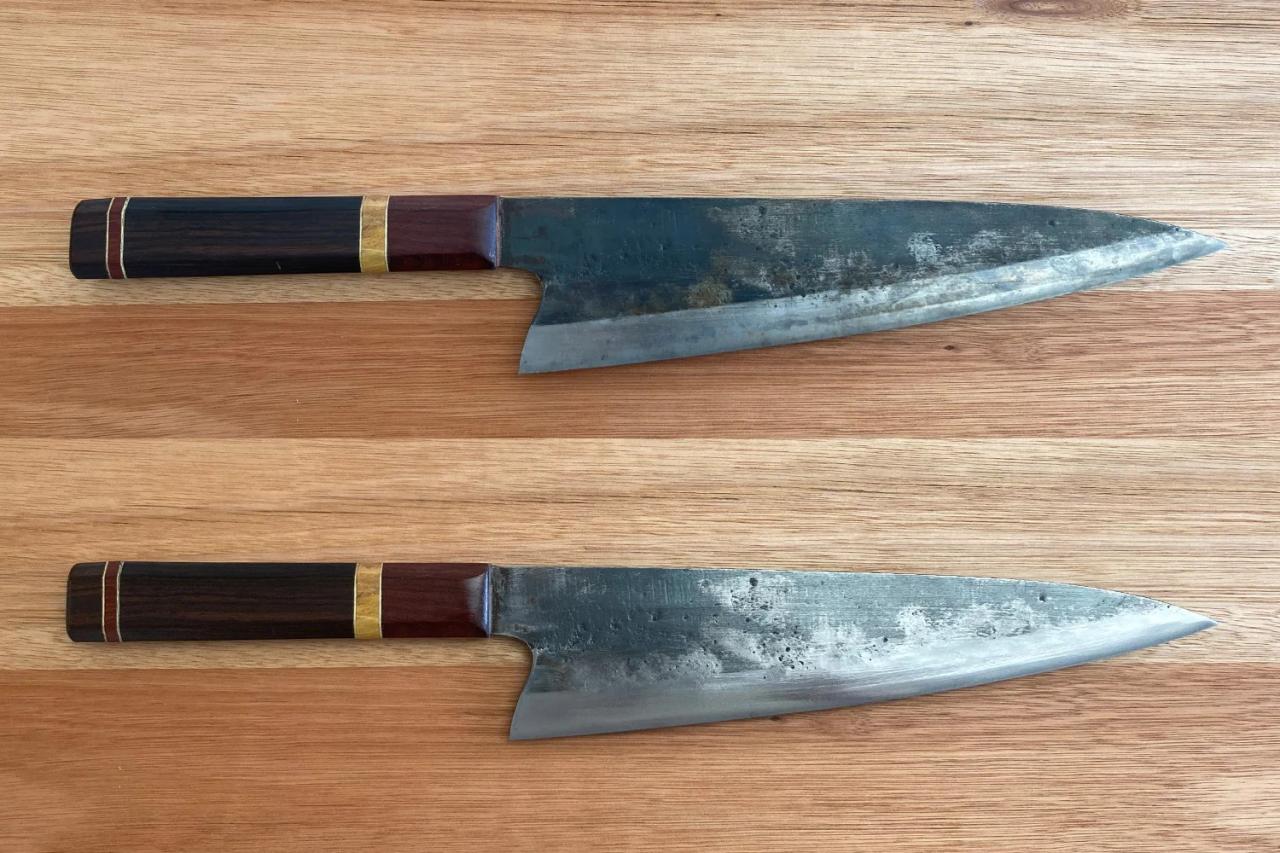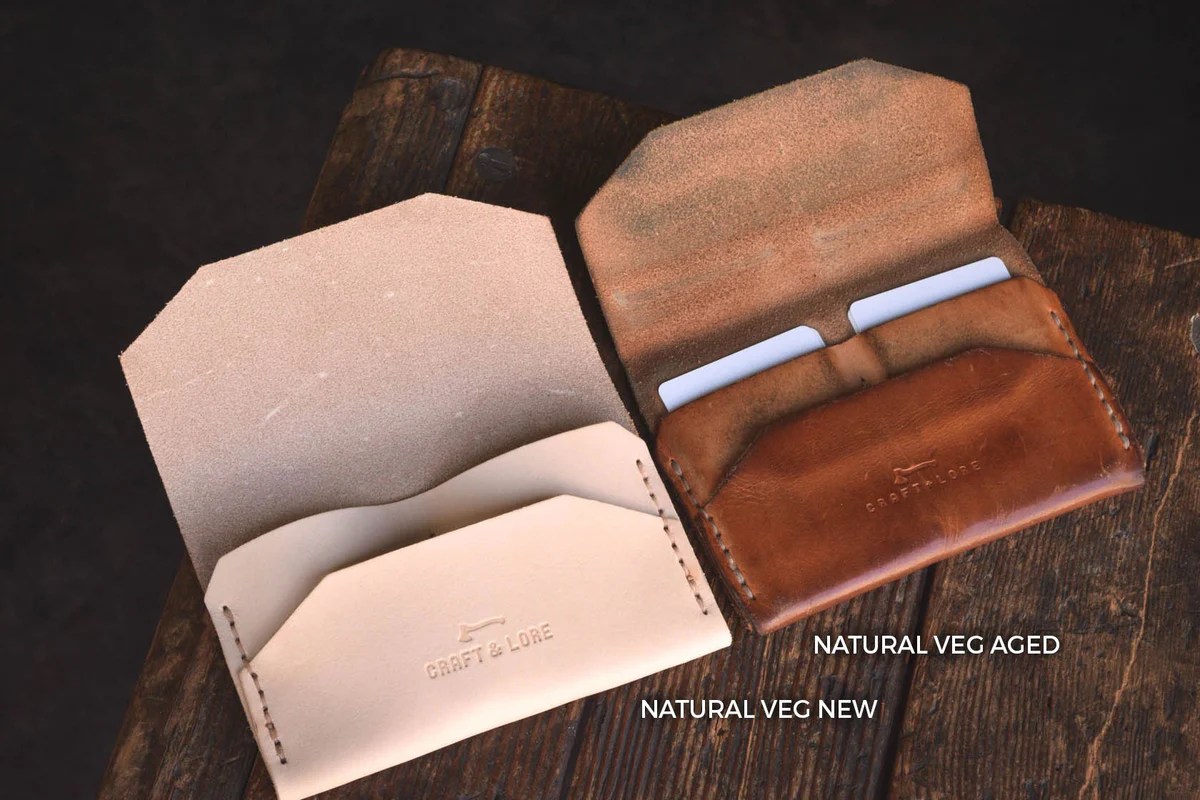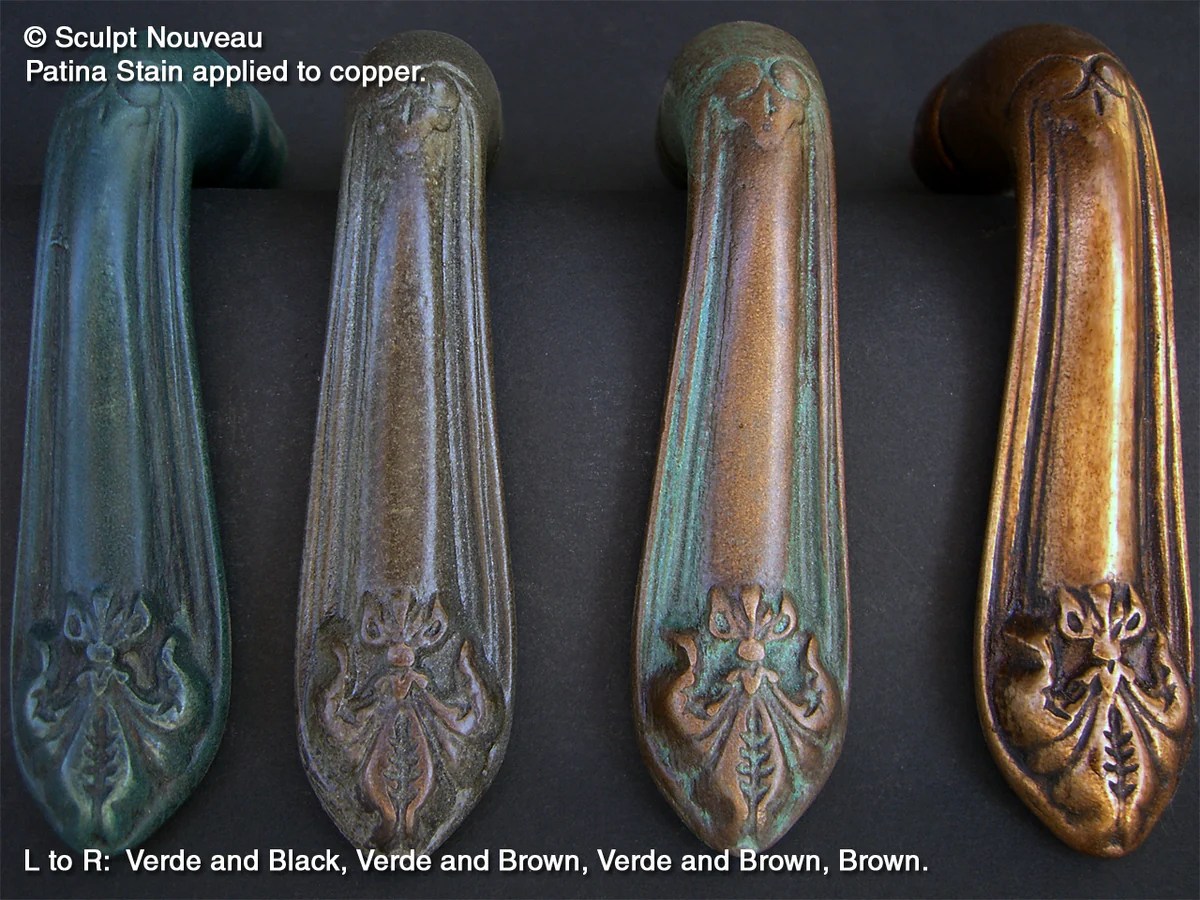Plate for eucharist crossword clue – The plate for Eucharist, a hallowed vessel, plays a pivotal role in Christian worship, holding profound significance in the sacrament of Communion. This article delves into the history, symbolism, and variations of this sacred object, shedding light on its role in Christian traditions and cultural practices.
The Eucharist plate, a symbol of unity and community, serves as a reminder of the shared bread and wine, representing the body and blood of Christ. Its design and materials reflect the liturgical purpose and rich symbolism associated with this sacred act.
Plate for Eucharist: Plate For Eucharist Crossword Clue

The plate used in the Eucharist, also known as the Communion plate, is a significant liturgical object in Christian traditions. It holds the bread or wafers that are consecrated and distributed to the congregation during the sacrament of Holy Communion.
The plate symbolizes the sharing of Christ’s body and blood with the community of believers. It is often made of precious metals, such as silver or gold, and may be decorated with intricate designs or religious symbols.
Types of Plates
There are various types of plates used for the Eucharist, each with its own symbolism and significance:
- Patens:Shallow, flat plates that hold the bread or wafers before and after consecration.
- Chalice Veils:Embroidered cloths that cover the chalice and paten during the Eucharist, symbolizing reverence and purity.
- Corporals:Linen cloths that are placed under the chalice and paten, representing the linen used to wrap Jesus’ body after his crucifixion.
Use in Different Christian Traditions
The plate used in the Eucharist varies among Christian traditions:
- Catholic Church:Uses patens and ciboria (covered chalices) for the distribution of Communion.
- Eastern Orthodox Church:Uses a diskos (patten) and a spoon for distributing the consecrated bread.
- Lutheran Church:Uses plates for the distribution of bread and wine.
- Anglican Church:Uses patens and chalices for the distribution of Communion.
Materials and Design

Plates used for the Eucharist are typically crafted from various materials, each possessing distinct characteristics and symbolism. The choice of material often reflects the liturgical significance and artistic traditions associated with the sacrament.
Metals
Precious metals, such as gold and silver, have been traditionally favored for their durability, beauty, and association with purity and divinity. Silver, in particular, is often employed due to its antimicrobial properties and its symbolic connection to the moon and the feminine principle.
Wood
Wood, a natural and organic material, has been used to create Eucharistic plates since ancient times. It represents the tree of life and the cross of Christ, symbolizing the connection between the Eucharist and the sacrifice on Calvary.
Ceramics
Ceramic plates, made from clay and fired at high temperatures, offer a wide range of colors, textures, and decorative possibilities. They can be glazed or unglazed, with intricate designs and patterns that reflect the liturgical season or the artistic style of the period.
Intricate Designs, Plate for eucharist crossword clue
The design of Eucharistic plates often incorporates intricate and symbolic elements. The shape of the plate may be circular, representing the completeness of Christ’s sacrifice, or it may have a more elaborate shape, such as a chalice or a cross.
The surface of the plate may be decorated with engravings, enamelwork, or precious stones. These embellishments can depict scenes from the life of Christ, biblical stories, or symbols of the Eucharist, such as grapes, wheat, or the Agnus Dei (Lamb of God).
Unique Designs
Throughout history, some Eucharistic plates have been created with unique and exceptional designs. For example, the “Paten of Charlemagne”, dating back to the 9th century, is made of gold and adorned with intricate engravings depicting scenes from the life of Christ.
Another notable example is the “Paten of Narbonne”, created in the 12th century. It is made of silver and features a central medallion with a depiction of Christ in Majesty, surrounded by scenes from the Passion and the Resurrection.
Historical Evolution

The plate used for the Eucharist, also known as the communion plate or paten, has undergone significant evolution throughout Christian history. Its design and use have been shaped by theological beliefs, cultural influences, and practical considerations.
In the early centuries of Christianity, the Eucharist was celebrated using ordinary plates or bowls. As the Church grew and formalized its practices, the need arose for dedicated vessels for the sacrament.
Key Moments in the Development of the Eucharistic Plate
- 3rd Century:The first known Eucharistic plates were simple, circular dishes made of wood or earthenware.
- 4th Century:Gold and silver plates became common, reflecting the growing wealth and status of the Church.
- Middle Ages:Elaborate designs and ornamentation were added to plates, often depicting biblical scenes or symbols.
- 16th Century:The Protestant Reformation led to a shift towards simpler, less ornate plates.
- 19th Century:The Gothic Revival movement influenced the design of Eucharistic plates, resulting in more ornate and symbolic designs.
- 20th Century:Modernist designs emerged, emphasizing simplicity and functionality.
Cultural and Regional Variations

The plate used for the Eucharist exhibits cultural and regional variations, reflecting the diverse traditions and beliefs within Christianity. Different cultures and traditions have influenced the design, materials, and usage of the plate, leading to unique and distinctive variations across the globe.
Materials and Design
The materials used for the plate vary depending on the region and tradition. In some cultures, precious metals such as gold or silver are used, while in others, less expensive materials like wood, ceramic, or glass are employed. The design of the plate also varies, with some featuring elaborate engravings or ornamentation, while others are moreシンプルな.
Usage
The usage of the plate during the Eucharist also varies across cultures. In some traditions, the plate is used to hold the bread or wafers, while in others, it is used to collect the offerings of the congregation. In some cases, the plate is passed around among the congregation, while in others, it is placed on the altar or a specific table.
Unique Plates
There are numerous unique and distinctive plates used for the Eucharist around the world. For example, in the Ethiopian Orthodox Church, a round, flatbread called injera is used as a plate. In the Coptic Orthodox Church, a wooden plate with a cross carved into it is used.
In the Catholic Church, a paten, a small, flat plate, is used to hold the bread.
Symbolism and Meaning

The plate for the Eucharist holds profound symbolism and meaning within the Christian faith. It serves as a tangible representation of the central elements of the sacrament: bread and wine.
The bread, often in the form of wafers or small pieces, symbolizes the body of Christ. As the bread is shared among the congregation, it represents the unity and communion of believers in the body of Christ.
Sharing and Community
The sharing of bread from a common plate emphasizes the communal aspect of the Eucharist. It signifies the breaking of bread together, a practice that has been a symbol of fellowship and hospitality throughout history.
The act of sharing bread from a single plate reinforces the idea of community and equality among all believers. It transcends social and cultural differences, fostering a sense of unity and belonging.
FAQ Summary
What is the significance of the plate in the Eucharist?
The plate holds the bread and wine, representing the body and blood of Christ, and symbolizes the sharing of these elements among the faithful.
How does the design of the plate reflect its liturgical purpose?
The design often incorporates religious symbols, such as the cross or the lamb, and is crafted from materials like silver or gold to signify its sacred nature.
What are some cultural variations in the use of the Eucharist plate?
Different Christian traditions have their own unique designs and customs associated with the Eucharist plate, reflecting cultural and regional influences.